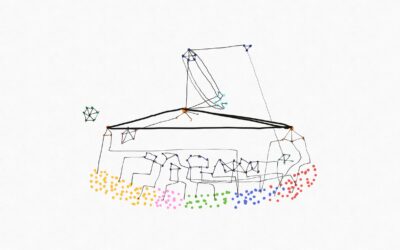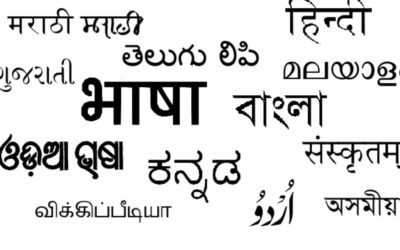Five years ago, an insurance agent came to my house to convince me to get life insurance. “I’m pretty healthy, nothing horrible is going to happen to me,” I thought to myself. At that time, I did not understand how life insurance works. All I thought was if I need to pay money (a premium) which I’m not going to get back. So then why should I do that? And the premium rates for private insurance were also fairly high for a lower-middle-class family. All these factors made me worry about purchasing insurance back then.
Luckily, I educated myself and understood the benefits of insurance. But it made me wonder how would this scenario play out in rural India. People might be unaware of the schemes thus causing them to miss out on the real benefit.
Lack of access to insurance services
The lack of access to life and health insurance in rural India is a significant issue that affects millions of people. While the Indian government has made efforts to increase access to insurance through various schemes and initiatives, many people still do not have access to these essential services.
One of the primary reasons for the lack of access to life and health insurance is the high cost of premiums. In rural areas, where most people work in low-paying jobs, paying for insurance premiums is often not a priority. Many people are forced to choose between paying for insurance and meeting their daily needs, such as food, housing, and education.
Another factor is the lack of awareness and understanding of insurance products. Many people in rural areas are not familiar with the benefits of insurance or how it works. This lack of awareness can lead to misconceptions about insurance thus making people hesitant to purchase policies. Additionally, the lack of infrastructure and facilities in rural areas makes it difficult for insurance providers to reach out to potential customers.
Pradhan Mantri Jeevan Jyoti Bima Yojana (PMJJBY)
The Pradhan Mantri Jeevan Jyoti Bima Yojana (PMJJBY) was established by the government as part of its attempts to increase life insurance penetration and promote financial inclusion in the country. The scheme’s purpose was to make life insurance affordable and available to economically disadvantaged groups of society. This includes rural residents, low-income workers, and those employed in the unorganized sector.
But the real question here is whether the grassroots-level action from the government side is enough. A lot of NGOs/social enterprises are striving to bridge the gap by trying to implement the policy on the ground. It made me wonder, what is the point of launching such plans if we are not properly reaching out to the intended audience?
One more figure that sprang to mind is the average life expectancy in India in 2023. It is 70.42 years, a 0.33% rise from 2022. We have roughly 90 crores in rural areas versus 50 crores in urban areas. That does imply that we have a sizable rural population with an average life expectancy of 70 years.
In the case of PMJJBY, the nominee is eligible to receive the death benefit amount if the policyholder dies before the age of 55. If the policyholder dies after the age of 55, the insurance will be terminated. And no death benefit will be paid. If they do not die before the age of 55, the money they have paid in premiums is forfeited.
Challenges in the implementation of PMJJBY
If we are about to break down the challenges, one of the main issues was the lack of awareness among the target population about the scheme. The government did not adequately invest in creating awareness about the scheme. As a result, many individuals in rural areas had no access to information about the scheme, or they did not fully understand its benefits. This lack of awareness led to low enrollment rates in some areas and limited the impact of the scheme on those who needed it the most.
Additionally, the sustainability of the scheme is a concern in the long run as it relied on a large number of participants paying premiums to cover the cost of claims. If there were not enough participants, or if the premiums were not adjusted appropriately, the scheme might not be financially viable.
Finally, there were concerns about claim settlement delays and difficulties, which could discourage individuals from enrolling in the scheme. The process of claim settlement needed improvement to ensure that beneficiaries receive the payout in a timely and efficient manner.
Conclusion
The lack of access to life and health insurance can have severe consequences for individuals and families, especially in times of crisis. Without insurance, families may be forced to sell their assets, take out loans, or rely on the support of friends and family to manage their expenses in case of illness or death.
One way to increase access to insurance in rural areas is to create awareness and educate people about the benefits of insurance. This can be done through awareness campaigns, community outreach programs, and by working with local leaders and stakeholders.
In conclusion, it is crucial for the government, non-governmental organizations, and other stakeholders to work together to address this issue and provide access to these essential services for all. By increasing access to insurance, we can provide financial security and peace of mind to individuals and families, thereby breaking the cycle of poverty and hardship.
References :




0 Comments